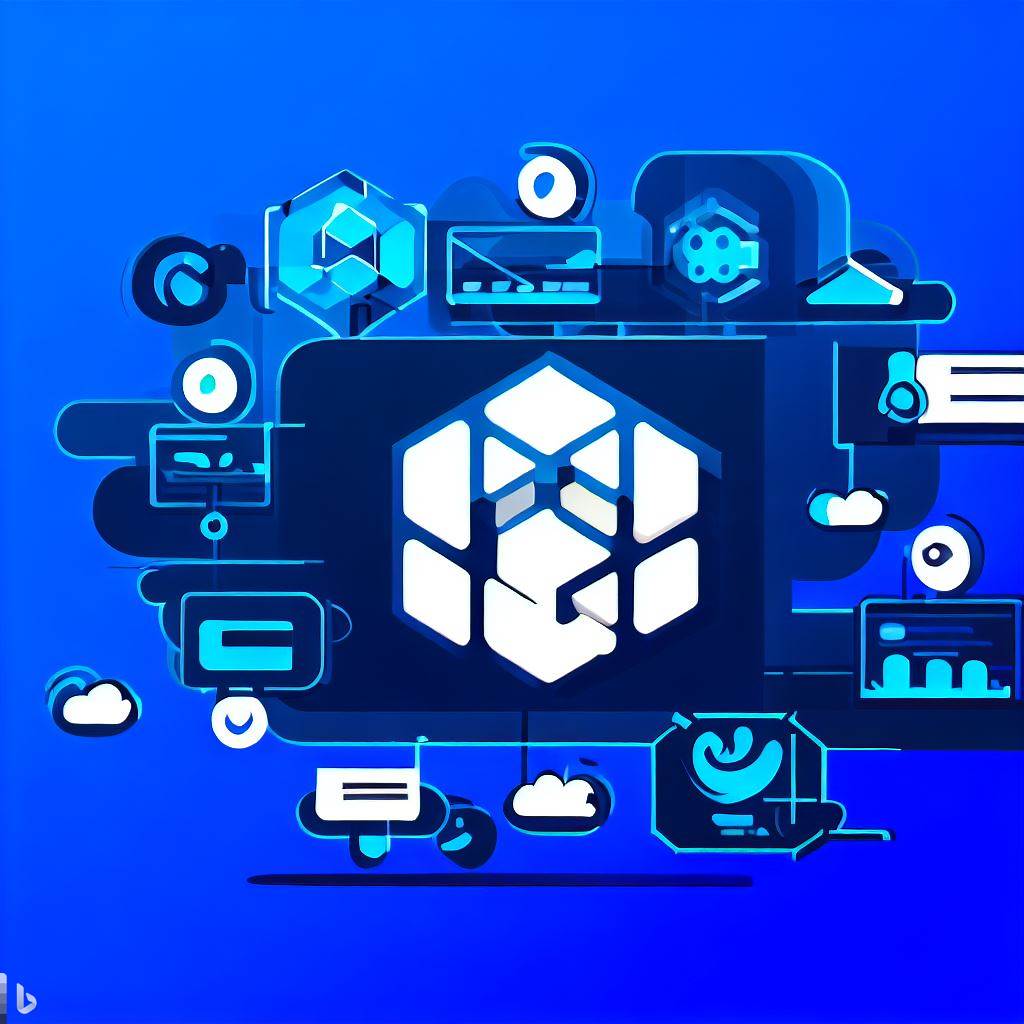Kubernetes - Introduction

Introduction
Kubernetes is a popular open-source platform for managing containerized applications across multiple hosts. It provides a set of tools and features that enable developers and operators to deploy, scale, update, and monitor their applications in a consistent and reliable way.
In this blog post, we will introduce some of the basic concepts and components of Kubernetes, and show how they can be used to solve real-world problems. We will also provide some examples of how Kubernetes is used by various organizations and projects.
What is a container?
A container is a lightweight and portable unit of software that bundles together the application code, dependencies, configuration, and runtime environment. Containers run in isolation from each other and from the host system, ensuring that the application behaves the same regardless of where it is deployed. Containers offer several benefits over traditional virtual machines (VMs), such as:
- Faster startup and shutdown times- Lower resource consumption and overhead
- Higher density and utilization of the underlying hardware
- Easier portability and compatibility across different platforms
- Improved security and isolation
Some of the most common container technologies are Docker, Podman, rkt, and LXC.
What is Kubernetes?
Kubernetes is a system that orchestrates containers across a cluster of nodes (physical or virtual machines) in a distributed environment. Kubernetes automates the deployment, scaling, updating, and healing of containerized applications, as well as the management of the underlying infrastructure. Kubernetes is based on the principles of declarative configuration, desired state management, and self-healing. This means that users specify what they want to achieve (e.g., how many replicas of an application should run, what resources they should consume, how they should communicate with each other), and Kubernetes takes care of making it happen (e.g., scheduling containers on nodes, creating network routes, monitoring health and performance).
Kubernetes also provides a rich set of features and abstractions that enable users to:
- Group containers into logical units called pods
- Define services that expose pods to other pods or external clients
- Use labels and selectors to organize and filter resources
- Use deployments to manage the rollout and rollback of applications
- Use statefulsets to manage stateful applications such as databases
- Use daemonsets to run background processes on every node
- Use jobs and cronjobs to run batch or scheduled tasks
- Use configmaps and secrets to store configuration data and sensitive information
- Use volumes and persistent volumes to attach storage to pods
- Use ingress controllers and load balancers to route traffic to services
- Use horizontal pod autoscalers and vertical pod autoscalers to adjust the number or size of pods based on demand
- Use resource quotas and limit ranges to control the allocation and consumption of resources
- Use namespaces to isolate and group resources within a cluster
- Use roles and role bindings to define access policies for resources
- Use custom resource definitions and operators to extend the functionality of Kubernetes
Kubernetes also has a modular and extensible architecture that allows users to plug in their own components or integrate with external systems. For example, users can:
- Use different container runtimes such as Docker or CRI-O
- Use different network plugins such as Calico or Flannel
- Use different storage plugins such as EBS or NFS
- Use different service meshes such as Istio or Linkerd
- Use different monitoring tools such as Prometheus or Grafana
- Use different logging tools such as Fluentd or ELK
How is Kubernetes used in the real world?
Kubernetes is widely used by organizations of all sizes and industries to run their applications in production. Some examples are:
- Google uses Kubernetes to power its cloud services such as Gmail, YouTube, Maps, etc.
- Spotify uses Kubernetes to stream music to millions of users around the world.
- Shopify uses Kubernetes to handle billions of dollars in e-commerce transactions.
- Airbnb uses Kubernetes to host millions of listings and bookings.
- Netflix uses Kubernetes to deliver video content to millions of subscribers.
- NASA uses Kubernetes to process data from its space missions.
- The New York Times uses Kubernetes to serve news articles to millions of readers.
Kubernetes is also used by many open-source projects and communities to develop and deploy their software. Some examples are:
- TensorFlow uses Kubernetes to run machine learning workloads at scale.
- Helm uses Kubernetes to package and distribute applications as charts.
- Jenkins uses Kubernetes to run continuous integration and delivery pipelines.
- WordPress uses Kubernetes to run its blogging platform.
- Drupal uses Kubernetes to run its content management system.
Conclusion
Kubernetes is an open-source platform for managing containerized applications across multiple hosts. Containers are lightweight and portable units of software that bundle together application code, dependencies, configuration, and runtime environment. Kubernetes automates deployment, scaling, updating, and healing of containerized applications, and manages the underlying infrastructure. It provides a rich set of features and abstractions that enable users to group containers, define services, use labels and selectors, deploy applications, and manage stateful applications such as databases. Kubernetes is used by various organizations and projects, including Google, Spotify, Etsy, and NASA, to run their applications in production. It is also used by many open-source projects and communities such as TensorFlow, Helm, Jenkins, WordPress, and Drupal. Kubernetes is a powerful platform for managing containerized applications across multiple hosts. It offers a high level of automation, flexibility, scalability, reliability, and portability. It also has a vibrant ecosystem of tools and integrations that enhance its capabilities. If you want to learn more about Kubernetes please visit official docs site.

